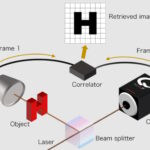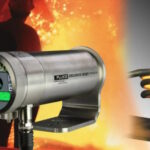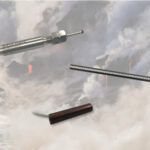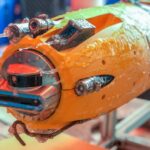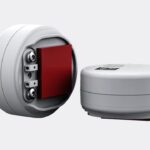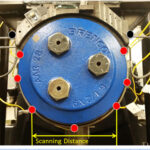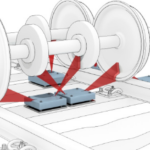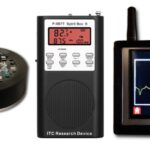Teledyne DALSA announced a radiometric version of its MicroCalibir Long Wave Infrared (LWIR) compact camera platform that delivers accurate temperature measurements of +/-2°C or +/-2%. Developed and manufactured in Canada, the small and lightweight MicroCalibir platform is the result of the latest advances made by Teledyne DALSA’s integration of their in-house 12 μm microbolometer pixel technology with […]
Temperature
What are the seven types of quantum sensors?
The seven types of quantum sensors include chemical sensors, clocks, gravimeters, imaging, interferometers, magnetometers, and thermometers. Several types of quantum sensors are already in use, and more are being developed for commercialization. They can be used in a wide variety of applications from earth sciences to molecular biology and wide band gap power semiconductors. Chemical […]
How many ways are there to measure temperature?
Temperature is the most commonly measured physical quantity. Thermometry, the measurement of temperature, involves a wide range of technologies. Its uses range from maintaining a comfortable and safe environment for people to industrial processes operating at over 3,000 °C and quantum computing operating at near absolute zero. This FAQ reviews some of the more common […]
Position sensors with extended 400°F temperature range
NewTek Sensor Solutions offers several LVDTs with an extended 400°F temperature range for use in applications where temperature spikes are possible. The high-temp, AC-operated position transducers ensure reliable position measurement without failure in applications with fluctuating temperatures where standard-temperature sensors can fail, due to deteriorating insulation and intermittent connections. For example, standard-temperature position sensors […]
What’s the difference between sensors used in underwater, flying, and creeping robots or drones? part 1
Obviously, different design requirements exist depending on the targeted applications, but autonomous or remotely piloted drones also dictate different criteria. One of the more unique underwater applications involved undersea (in the ice) measurements in Antarctica. The intent of the expedition was to gather sufficient, highly accurate information to improve modeling of ice shelf melting and […]
Select and integrate sensors into IoT devices
Get an understanding of how to select sensors and microcontrollers for your IoT product, with an emphasis on circuit design to optimize performance.
How can sensors prevent long term damage to homes/ structures?
In your home, sensors can detect hazardous and dangerous situations that directly and imminently impact the homeowner or other people in the home. These situations could include a fire that can damage the home and even endanger its inhabitants, hazardous chemicals, such as natural gas, that only affects human inhabitants, burglary that can impact both […]
FAQ on railroad hot-box-temperature sensing: part 2
Modern electronics should be able to easily solve a temperature-sensing challenge, but the harsh real-world complexities make it a difficult proposition. Part 1 of this article looked at the basic issues of railway bearing failure and detecting these before they happen. This part looks into more details and sensing options. Q: What can the railroad […]
FAQ on railroad hot-box-temperature sensing: part 1
Modern electronics should be able to easily solve a temperature-sensing challenge, but the harsh real-world complexities make it a difficult proposition. Freight railroads are a very important part of the logistics infrastructure around the world for transporting raw materials as well as finished goods. They are a major constituent of intermodal transportation along with trucks, […]
How does sensing help in paranormal research?
Paranormal does not usually imply a scientifically sound phenomenon. However, when science is used to verify the observation, the situation changes. This is where a variety of sensors come into play. After all, it is called extra sensory perception (ESP). In the United States, a push in the scientific community to empirically study paranormal experiences […]


